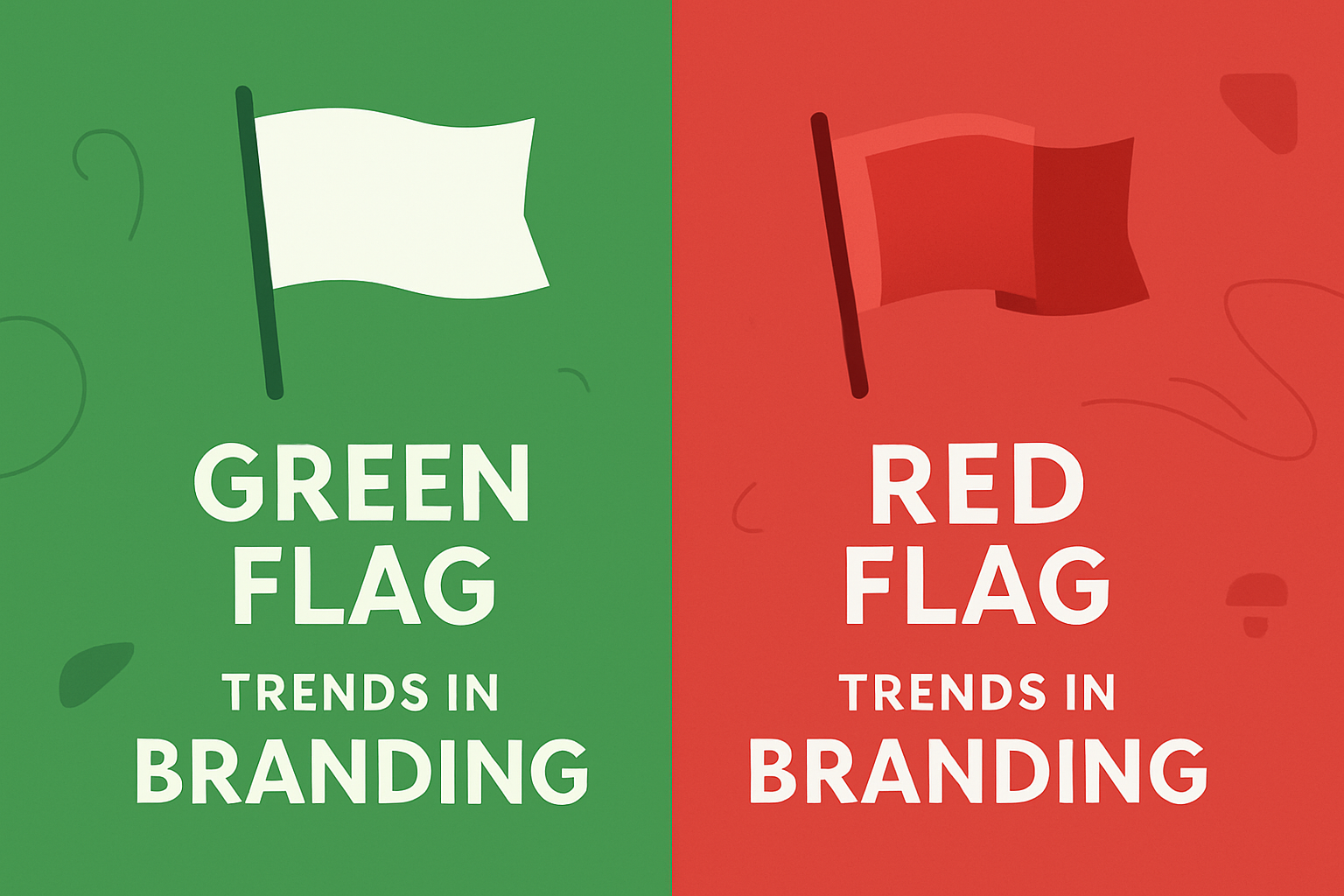The 3D modeling and texturing landscape has experienced a revolutionary transformation over the past decade, driven by advancements in procedural generation. By 2030, this technology is anticipated to become a cornerstone of industries that depend on realistic and efficient digital content creation. Whether it’s in gaming, film, architectural visualization, or product design, procedural generation has proven to be a game-changer by offering scalability, flexibility, and hyper-realistic textures that push the boundaries of what is visually possible.
This article will explore the industry impact of procedural generation in 3D texturing, the benefits it offers, and three key success stories that illustrate its transformative potential.
The Industry Impact of Procedural Generation in 3D Texturing
Procedural generation refers to the algorithmic creation of textures, where patterns, colors, and materials are generated dynamically, often based on user-defined rules. By 2030, the growing sophistication of these algorithms has significantly reduced the need for manual intervention in texturing processes. Industries that once relied on labor-intensive, hand-crafted textures are now embracing procedural workflows to streamline production, cut costs, and meet the increasing demand for photorealistic content.
The gaming industry, for example, has seen tremendous growth in both game design complexity and visual fidelity. Procedural textures allow artists to quickly generate vast and diverse environments while maintaining high standards of visual quality. Similarly, in film and animation, procedural generation is helping creators craft expansive virtual worlds filled with detailed, realistic textures at an unprecedented speed.
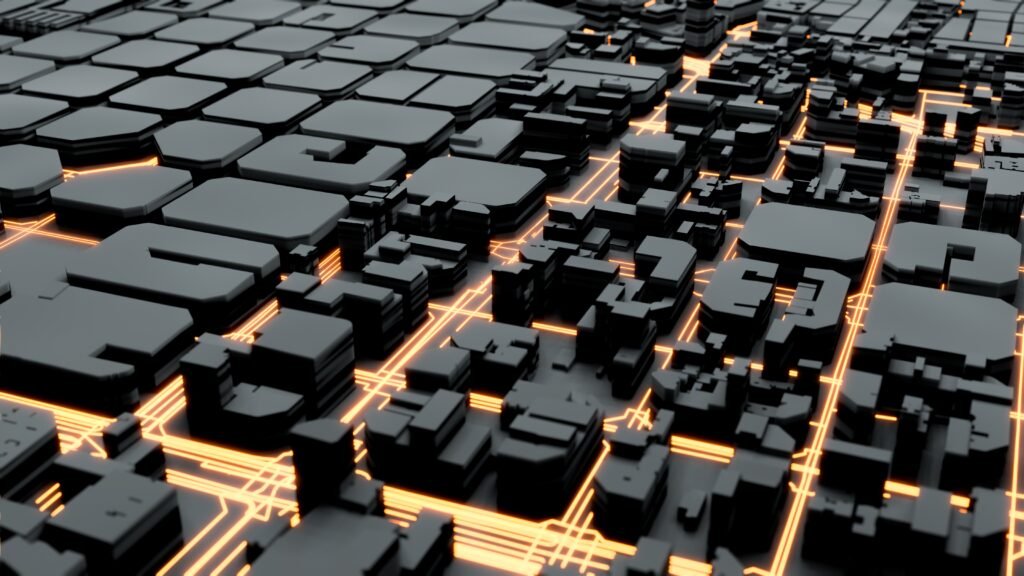
Table of Contents
Benefits of Procedural Generation in Various Industries
1. Scalability and Efficiency
One of the biggest benefits of procedural generation in 3D texturing is the ability to scale textures with ease. Traditional hand-painted textures require manual scaling, which can lead to a loss of quality or distortion. Procedural textures, however, are algorithmically driven, allowing them to scale across models of various sizes without any degradation in quality. This is invaluable in industries like game design, where developers must texture everything from small objects to vast terrains seamlessly.
In architecture and product design, procedural generation reduces the time required to create lifelike textures, enabling faster iterations and allowing for more creativity. A simple change in parameters can generate hundreds of variations, making the design process more efficient while preserving consistency across all elements.
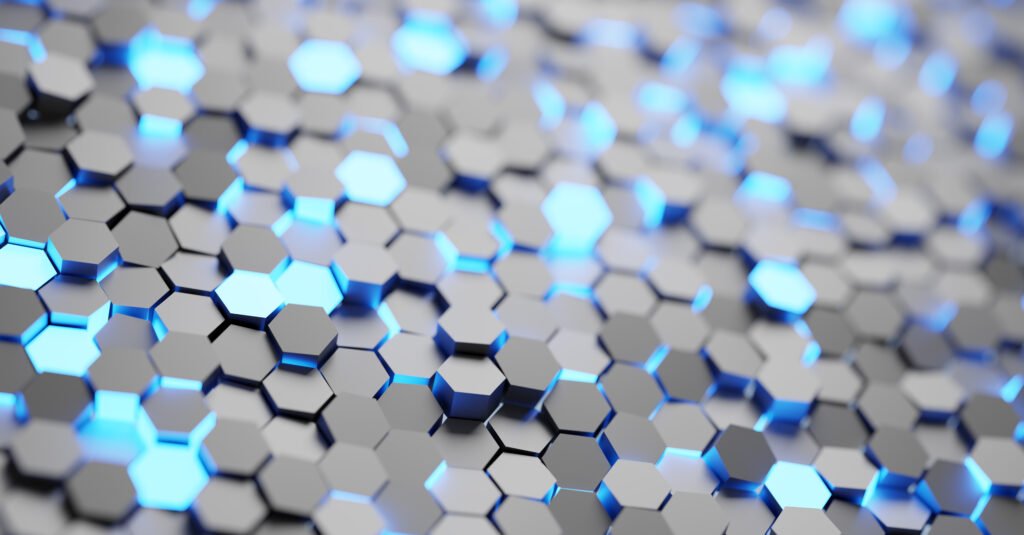
2. Customization and Flexibility
Procedural generation offers unparalleled customization. Artists can adjust parameters such as texture color, roughness, or pattern density, enabling them to create textures that perfectly fit the aesthetic needs of a project. Whether a scene requires a highly specific wood grain for furniture or the perfect wear-and-tear effect on metallic surfaces, procedural textures offer flexibility that manual methods can’t match.
Moreover, the ability to store procedural textures as lightweight mathematical functions makes them far more memory-efficient compared to traditional image-based textures. This advantage is crucial in industries like augmented reality (AR) and virtual reality (VR), where high performance and low latency are essential.
3. Realism and Consistency
In fields where photorealism is essential, such as film and advertising, procedural textures deliver unparalleled accuracy and consistency. By using real-world data, these algorithms can mimic materials found in nature with astounding precision. From the microscopic pores of human skin to the subtle imperfections in brick walls, procedural textures can be tweaked to capture the natural randomness that brings objects to life.
For large-scale projects like city visualizations or virtual production environments, this approach ensures that the visual quality is consistent across thousands of assets, without repetitive patterns or unrealistic textures.
Success Stories: Procedural Generation in Action
Example 1: Ubisoft’s Use of Procedural Texturing in Game Development
Ubisoft, a global leader in game development, has embraced procedural generation in the creation of expansive open-world environments. By using algorithms to generate terrain textures, foliage, and weathered surfaces, Ubisoft has managed to create diverse and visually stunning worlds, such as those found in Assassin’s Creed Valhalla and Far Cry 6.
Procedural texturing allowed Ubisoft’s artists to focus on the creative aspect of design, while the technology took care of replicating realistic surfaces across vast maps. This not only sped up production times but also ensured that no two areas in their games felt identical, providing players with a richer and more immersive experience.
Example 2: Disney’s Hyper-Realistic Textures in Animated Films
Disney, well-known for its cutting-edge technology in animated films, has integrated procedural generation into its workflows to create visually captivating textures in projects like Raya and the Last Dragon and Frozen 2. Using procedural texturing, Disney’s artists were able to recreate highly detailed environments, including complex natural surfaces like snow, water, and foliage, that responded dynamically to the characters’ interactions.
By automating texture creation while retaining artistic control, Disney’s animation teams delivered breathtaking environments without compromising the film’s tight production schedules.
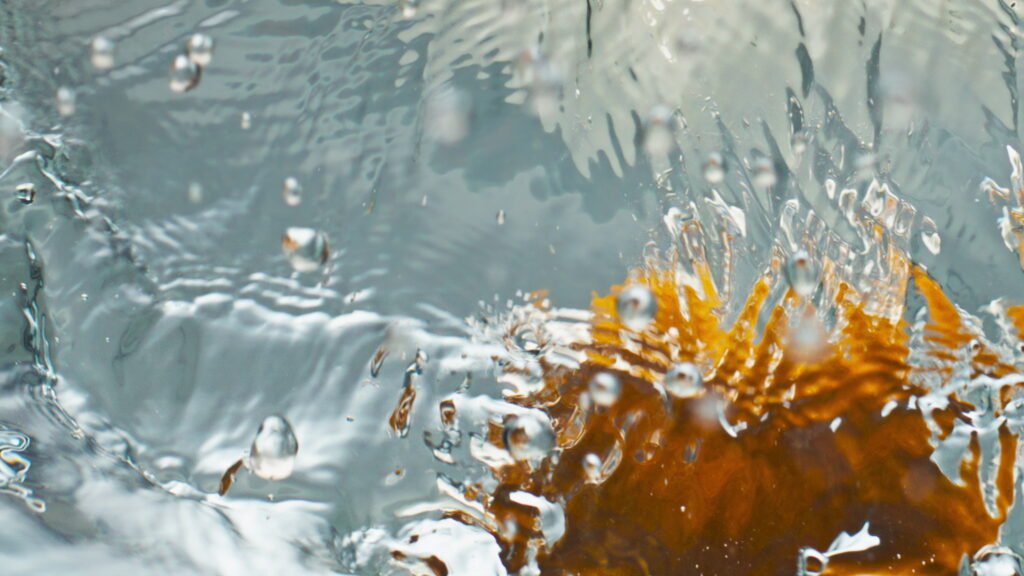
Example 3: IKEA’s Virtual Product Visualization
In the retail and product design world, IKEA is using procedural generation to enhance its virtual product catalog. By using 3D procedural textures, IKEA can generate realistic representations of furniture and home decor that customers can explore in virtual showrooms or through AR apps.
The procedural nature of these textures allows IKEA to quickly update or customize products with different finishes or materials, all while maintaining a high level of realism. This efficiency not only reduces the time and cost associated with product visualization but also enhances the customer experience by offering interactive, real-time product previews.
Innovative Use of Procedural Generation: What’s Next?
As we approach 2030, procedural generation continues to evolve, enabling the creation of highly dynamic environments that respond to real-world conditions. Emerging AI-driven tools are further enhancing procedural texturing by learning from vast datasets of materials and textures, enabling even more accurate simulations of real-world surfaces.
In industries like architecture and urban planning, this technology is enabling the creation of highly detailed city models and building facades, allowing stakeholders to visualize large-scale projects in unprecedented detail. Meanwhile, the AR/VR sector is leveraging procedural generation to deliver more immersive experiences by incorporating realistic textures that react to light, weather, and user interaction.
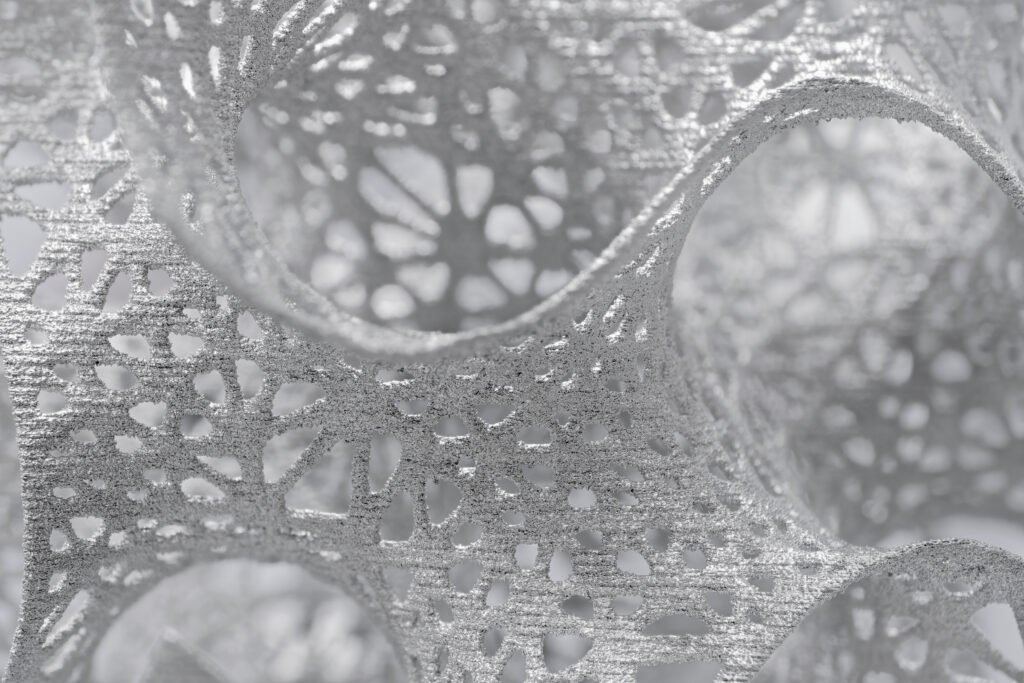
Overall
The advancements in procedural generation by 2030 have not only streamlined 3D texturing workflows but also empowered industries to achieve new levels of realism and efficiency. From gaming and animation to retail and architecture, the benefits of this technology are evident in its ability to scale, customize, and automate the creation of high-quality textures.
With years of expertise in this technology, we are here to support your needs. If you’re interested in learning more about similar technologies and how they can be applied, feel free to reach out to our team at . You can also connect with us via LinkedIn at or reach our support team on WhatsApp at .





